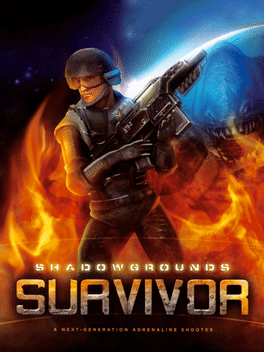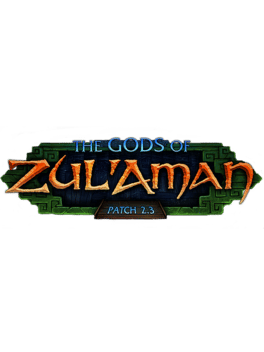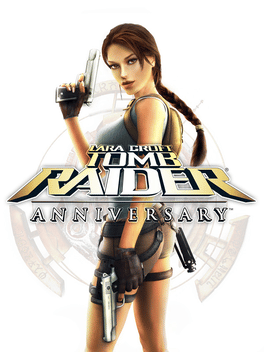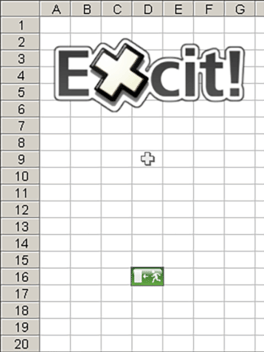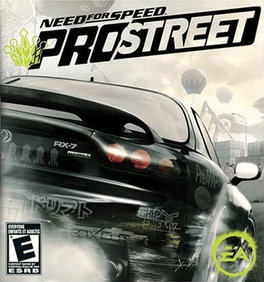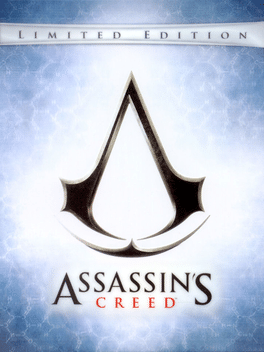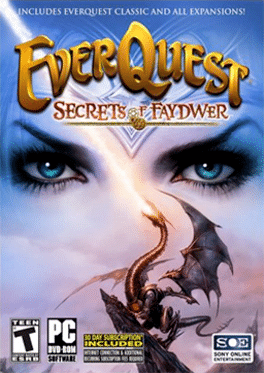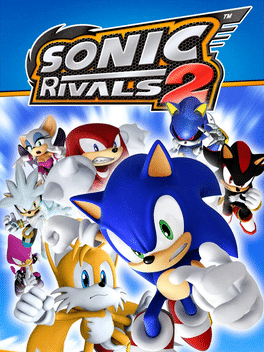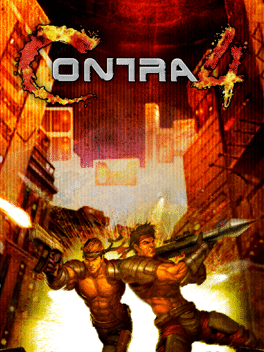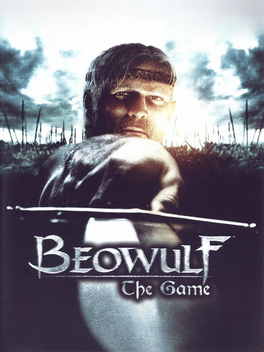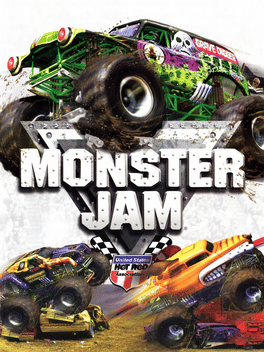New Games - Page 10060
-
Shadowgrounds Survivor
2007
star 7.4Shadowgrounds Survivor tells the story of the last remaining humans on Jupiter's moon Ganymede, where the alien onslaught is in full force. -
World of Warcraft: The Burning Crusade - The Gods of Zul'Aman
2007
Following years of battles alongside the old Horde, the troll warlord Zul'jin retired to the city of Zul'Aman, capital of the Amani trolls, where he called upon mysterious dark powers to rebuild his army. While the eyes of Azeroth focused on the fight against the Burning Legion and the expedition to Outland, treasure-seekers invaded Zul'Aman, rekindling Zul'jin's hatred of the outside world - particularly the high elves of Quel'Thalas. Upon hearing that these newly christened "blood elves" had become part of the Horde in his absence, the infuriated Zul'jin declared war on both Horde and Alliance. -
Tomb Raider: Anniversary
2007
The Wii port of Tomb Raider: Anniversary carries over the levels and general gameplay of the other versions while incorporating motion controls. Wii-exclusive first-person puzzles include breaking through walls with a pickaxe, using a flashlight in dark areas, assembling mechanisms from pieces found around the environment, manipulating symbol-based locks and using paper and charcoal to take rubbings of puzzle-related symbols, all utilizing the Wii Remote. -
Excit
2007
Excit
2007
Excit is the best safe for workspace puzzle game ever. You're trapped in a spreadsheet and you need to escape the 30 levels using the cursor keys without sliding of the screen. Excit was created in the year 2005 as a viral marketing game for the German business software company MIS AG. In 2007, after the company dissolved, the game was released on the Internet for the first time. -
Need for Speed: ProStreet
2007
Compete at the highest level of street racing with Need for Speed ProStreet. It’s no longer good enough to simply rule your local neighborhood; you need to dominate on a global stage. Build the ultimate battle machine, take it to multi-disciplinary showdowns and pit your skills and reputation against the world’s best street racers. -
Need for Speed: ProStreet
2007
Compete at the highest level of street racing with Need for Speed ProStreet. It’s no longer good enough to simply rule your local neighborhood; you need to dominate on a global stage. Build the ultimate battle machine, take it to multi-disciplinary showdowns and pit your skills and reputation against the world’s best street racers. -
Rayman Raving Rabbids 2
2007
Rayman Raving Rabbids 2 is a game in the Rayman Raving Rabbids series for the Nintendo DS. It is the handheld sequel to the DS version of Rayman Raving Rabbids and was released in 2007 to coincide with the release of Rayman Raving Rabbids 2 for the Nintendo Wii. -
Crysis: Special Edition
2007
This Special Edition includes: Crysis, a bonus DVD with the "Making of Crysis", trailers and concept art, an art booklet, the official soundtrack by Inon Zur and an exclusive in-game-vehicle for multiplayer matches. -
Assassin's Creed: Limited Edition
2007
Assassin's Creed is a non-linear action-adventure video game, during which the player controls a 12th-century Levantine Assassin named Altaïr Ibn-La'Ahad during the Third Crusade, whose life is experienced through the Animus by his 21st century descendant, Desmond Miles. The North American edition contains a collectible three inch Altaïr figurine, a Penny Arcade comic, a mini strategy guide and a bonus disc. The bonus disc includes behind the scenes videos, developer diaries, trailers, production team interviews, and the winners of the Assassin's Creed short film contest. The European limited edition of the game includes a twelve inch Altaïr figurine, art book, and bonus disc. The bonus disc contains several short films and content similar to the North American version. -
EverQuest: Secrets of Faydwer
2007
Secrets of Faydwer is the fourteenth expansion for the popular MMORPG, EverQuest. -
EverQuest II: Rise of Kunark
2007
star 8EverQuest II: Rise of Kunark is the EverQuest II expansion pack from Sony Online Entertainment. The expansion pack introduces a new continent, Kunark; a new player race, the Sarnak; and raises the level cap for adventure, tradeskills and guilds to 80. Over the five hundred years transpired between the setting of the original EverQuest and EverQuest II, the continent of Kunark has changed in many important ways. The various cataclysms that occurred during this period in Norrath had a tangible impact on Kunark, with many areas of the geography being unrecognizable to those familiar with the continent from EverQuest. -
Sonic Rivals 2
2007
Sonic Rivals 2
2007
star 5.5The Chao have disappeared and Sonic the Hedgehog and Miles "Tails" Prower immediately get on the case to find them. It turns out that Eggman Nega (once again masquerading as Doctor Eggman) has stolen the Chao and concealed them inside a haunted mansion. His plan is to feed them to an inter-dimensional beast called the "Ifrit" who needs to eat them to become invincible . After that, he plans to release the Ifrit into the world in order to destroy it. However, to open the portal to the Ifrit's world, the seven Chaos Emeralds are required. Eggman Nega secretly hires Rouge the Bat to collect the Chaos Emeralds. The Master Emerald has also gone missing (again) and Knuckles the Echidna teams up with Rouge to find it. Meanwhile, Silver the Hedgehog has returned from a now ruined future caused by the Ifrit. In order to make a happier future, he searches for and steals the Chao that are left in order to hide them. Espio first thought that Silver was hiding Chao for a cause of evil, but Espio finds out that Silver was trying -
Contra 4
2007
Contra 4
2007
star 7.7The action franchise that started it all is celebrating its 20th anniversary with an all-new adventure on Nintendo DS! Set after the events of Contra III: Alien Wars, the game follows mercenaries Bill Rizer and Lance Bean as they battle to save the world from a new extraterrestrial threat. Contra 4 takes advantage of the dual screens of the Nintendo DS to deliver larger than life action, with massive enemies, detailed platforming and mind-blowing set pieces. -
Kane & Lynch: Dead Men
2007
star 6.2A squad-based shooter centering around the uneasy alliance between ex-military mercenary Adam 'Kane' Marcus and the psychopathic James Lynch. -
Beowulf: The Game
2007
Beowulf: The Game
2007
star 5.7Beowulf: The Game is a hack and slash game for TOD and consoles, based on Robert Zemeckis' version of the poem Beowulf. The game was announced by Ubisoft on 22 May 2007 during its Ubidays event in Paris.[5] It was released on November 13, 2007 in the United States. The characters are voiced by the original actors who starred in the film. -
Smarty Pants
2007
Smarty Pants
2007
How smart are you? Do you know more than your Grandma about world history? Does your little sister know more than your Dad about sports? Find out in Smarty Pants! Smarty Pants finally levels the playing field for people of all ages, allowing simultaneous play using age-targeted trivia plus action-based gestures, making it a truly trans-generational game made exclusively for the Wii. Tailoring questions to the contestant's age, gamers from eight to eighty can join in on the fun all at the same time. Exciting Wii gestures make everything a game, from spinning the category wheel and tug-of-wars over correct answers, to "dance-offs" for additional points. With both competitive and collaborative game modes and 20,000 questions in multiple categories, the fun is virtually endless! -
Monster Jam
2007
Monster Jam
2007
star 3.4Monster Jam Battlegrounds brings the ever popular touring show straight to the fans with roaring engines and crushing action. Not only does this game replicate the world renowned Monster Jam stadium and arena events, but it also takes fans out of the stadium and into other environments for physics based skill and stunt challenges. -
Jenga World Tour
2007
Jenga World Tour
2007
star 3.3Jenga, a famous license for family and friends, is the unpredictable, quick playing, tactical game that combines suspense and risk-taking, where mounting anticipation comes to a crashing climax. With sophisticated physics, intuitive console controls and a multitude of play options (single and multiplayer) Jenga World Tour contains all the fun of the class IP play with a wealth of possible modifications, power - ups and twists that are only possible in videogame. -
Soldier of Fortune: Payback
2007
star 3.8Soldier of Fortune: Payback is a first-person shooter video game and the third installment of the Soldier of Fortune game series. Unlike the previous two Soldier of Fortune games, which were developed by Raven Software utilizing the Quake 2 and Quake 3 engines, Payback was developed by Cauldron HQ, developed with Cauldron's in-house CloakNT engine, used in their previous first person shooter game, Chaser. It is the first game of the series released for the Xbox 360 and PlayStation 3. The game was released on 14 November 2007.

